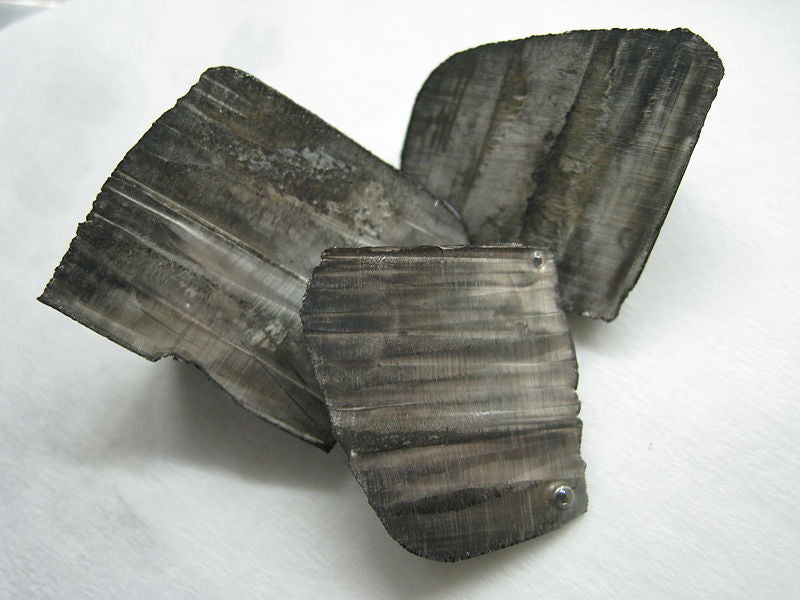
Covalent Lithium has secured environmental approval from Western Australia’s Environmental Protection Authority (EPA) for the Earl Grey lithium project in the Shire of Yilgarn, Australia.
Earl Grey lithium project, also known as the Mt Holland lithium project, involves the development of an open-pit lithium mine and a processing plant at Mt Holland and a refinery at Kwinana.
It is one of the biggest undeveloped hard-rock lithium projects in the country.
EPA chairperson Tom Hatton said that the authority found the proposal could be environmentally acceptable, if certain conditions were implemented to avoid and minimise potential impacts.
EPA chairperson Dr Tom Hatton said: “This is the second-largest lithium mining proposal, along with the Greenbushes mine expansion, the EPA has assessed this year.
“If the proposal is to go ahead, the EPA is recommending the proponent prepares management plans for its impact to the surrounding environment, including habitat for malleefowl and chuditch, as well as develop an offsets strategy for threatened flora and fauna to counterbalance the proposal’s significant residual impacts.”
The chairperson further noted that if the proposal is implemented, it would result in the rehabilitation and use of several areas of the abandoned Mt Holland mine site that may not be readily rehabilitated otherwise.
The Earl Grey lithium mine is located in an area overlapping the abandoned Mt Holland gold mine.
Details of Earl Grey lithium project
The Earl Grey lithium project is a 50:50 joint venture between Kidman Resources and Sociedad Química y Minera de Chile (SQM). It forms part of the southern section of the Archaean Southern Cross-Forrestania Greenstone Belt, which extends over 300km in Western Australia.
In December 2018, Covalent Lithium had completed an integrated pre-feasibility study (IPFS) for the lithium project.
The IPFS predicted annual average production of 45,254 tonnes (t) of battery-grade lithium hydroxide over 47 years of estimated project life.






